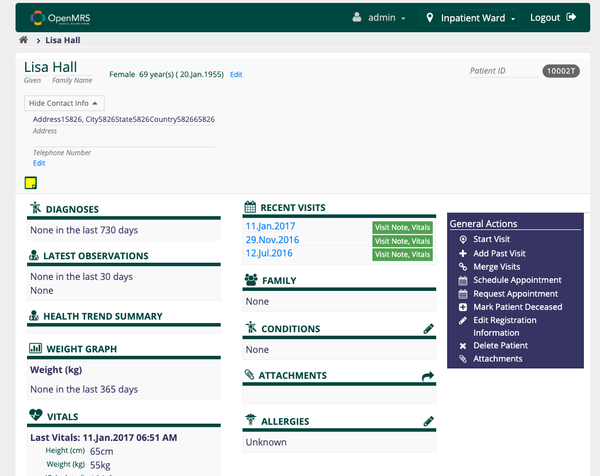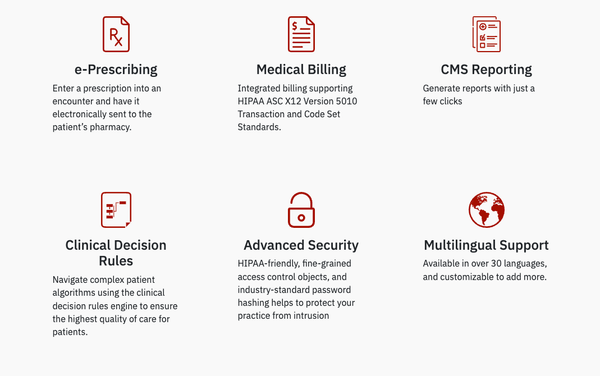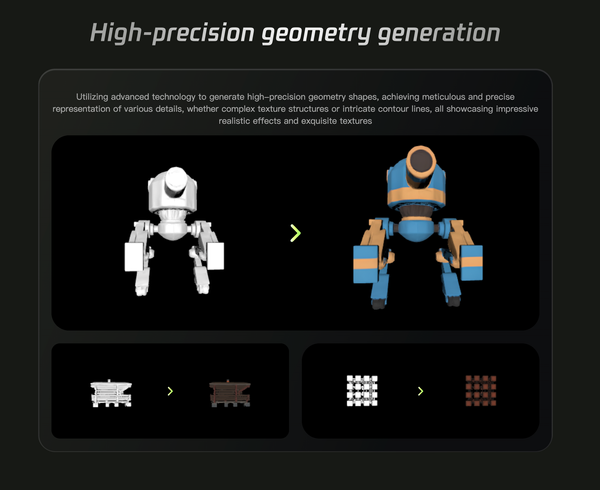On-premise vs. Cloud EMR (Electronic Medical Records) Solutions
Are You Truly Ready to Put Your Mobile or Web App to the Test?
Don`t just assume your app works—ensure it`s flawless, secure, and user-friendly with expert testing. 🚀
Why Third-Party Testing is Essential for Your Application and Website?We are ready to test, evaluate and report your app, ERP system, or customer/ patients workflow
With a detailed report about all findings
Contact us nowTable of Content
Electronic Medical Records (EMR) have become a vital tool for healthcare organizations in recent years. EMR provides healthcare providers with quick access to patient information, reducing the likelihood of errors and improving the quality of patient care. With the advent of cloud technology, healthcare providers have the option of using cloud-based EMR or on-premise EMR.
On-premise and cloud-based EMR solutions have their own benefits and drawbacks. Healthcare providers should choose the one that best fits their needs, workflow, and budget.
In this article, we will explore the differences between on-premise and cloud EMR, including their advantages and disadvantages, and how to select the right option for your organization.
On-premise EMR
On-premise EMR is a traditional system where software and servers are installed and maintained within the healthcare organization. This system requires an initial investment in hardware, software, and IT personnel to maintain the system.
Advantages of an On-Premise EMR:
- Control: With an on-premise EMR, the healthcare organization has complete control over the system. Organizations can customize the system according to their specific needs with this control.
- Security: An on-premise EMR provides better security because the healthcare organization has complete control over the system. This control allows the organization to implement security measures that meet their specific needs.
- Integration: An on-premise EMR can be integrated with other systems, such as practice management systems and billing systems, making it easier for healthcare providers to manage their operations.
Disadvantages of On-Premise EMR:
- Cost: An on-premise EMR requires a significant investment in hardware, software, and IT personnel to maintain the system. The initial investment can be a barrier for small healthcare organizations.
- Maintenance: An on-premise EMR requires IT personnel to maintain the system, which can be costly and time-consuming. The healthcare organization must also be responsible for software updates and system upgrades.
- Accessibility: An on-premise EMR is only accessible within the healthcare organization. This limited accessibility can be a barrier to healthcare providers who need to access patient information outside of the organization.
Examples of On-Premise EMR:
Here are some examples of on-premise EMR software:
- Epic Systems
- Cerner Millennium
- Meditech
- Allscripts Sunrise
- EClinicalWorks
- NextGen Healthcare
- GE Healthcare
- McKesson Corporation
- Siemens Healthineers
- Athenahealth
Cloud EMR
Cloud EMR is a system where the software and servers are hosted by a third-party provider and accessed over the internet. This system eliminates the need for healthcare organizations to invest in hardware and software, and reduces the need for IT personnel to maintain the system.
Advantages of cloud EMR:
- Cost: Cloud EMR requires minimal upfront investment because the healthcare organization does not need to purchase hardware or software. The provider charges a monthly subscription fee that covers the cost of the system and maintenance.
- Maintenance: Cloud EMR eliminates the need for IT personnel to maintain the system. The provider is responsible for software updates and system upgrades, reducing the burden on the healthcare organization.
- Accessibility: With cloud EMR, healthcare providers can access patient information from anywhere with an internet connection.
Disadvantages of Cloud EMR:
- Dependence on the service provider: Cloud EMR software requires organizations to rely on the service provider for maintenance, updates, and security, which may be a concern for some organizations that want more control over their EMR systems.
- Security concerns: Since EMR data is hosted on external servers, it is vulnerable to security breaches and hacking attempts. Organizations must trust that the service provider will take adequate security measures to protect patient data.
- Limited customization and control over the system: Cloud EMR software may not offer the same level of customization and control as on-premise EMR, which can be a concern for organizations with unique needs or complex workflows that require a high degree of customization.
Examples of cloud EMR:
Here are some examples of cloud-based EMR software:
- Practice Fusion
- Kareo
- DrChrono
- Athenahealth
- CareCloud
- AdvancedMD
- Greenway Health
- NextGen Healthcare
- EClinicalWorks
- Allscripts FollowMyHealth.
Comparison between On-Premise and Cloud EMR
Conclusion
In conclusion, the choice between on-premise and cloud EMR depends on the specific needs and circumstances of a healthcare organization. On-premise EMR provides better control and security but requires a significant upfront investment and is limited in scalability.
While cloud EMR requires minimal upfront investment, is highly scalable, and is easily accessible, security concerns remain. Healthcare organizations must carefully consider the factors of cost, security, accessibility, and scalability before making a decision. Ultimately, the chosen option should be one that fits the organization's needs, budget, and growth plans.










